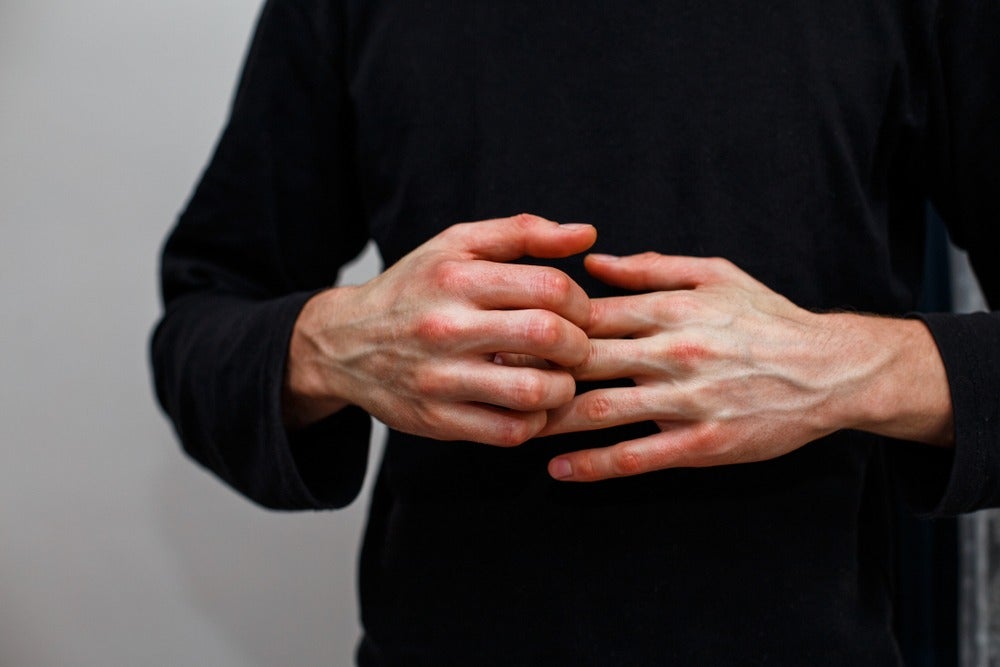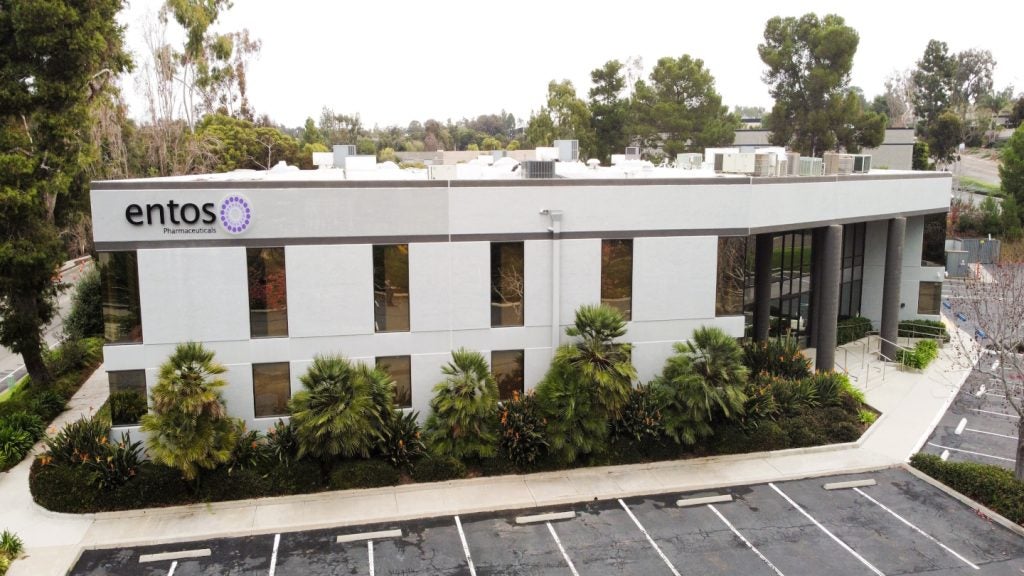On 18 April Maruho Co. announced that subjects treated with nemolizumab, an anti-interleukin (IL)-31 monoclonal antibody therapy for the treatment of pruritus associated with atopic dermatitis, saw statistically significant changes compared to subjects on placebo in a study’s primary and secondary endpoints.
Pruritus treatment
The 16-week, Phase III study enrolled 215 participants over the age of 13 years with moderate-to-severe atopic dermatitis. The primary endpoint was the rate of change in the pruritus visual analogue scale (VAS) 16 weeks after nemolizumab was administered, and the secondary endpoint was the rate of change in Eczema Area and Severity Index (EASI) score 16 weeks after nemolizumab administration. The treatment was reportedly well tolerated by subjects.
Nemolizumab was discovered by Chugai, a subsidiary of Roche, and was licensed to Maruho in September 2016. Since then, Maruho has been developing nemolizumab for Japan only. Chugai also licensed nemolizumab to Galderma in July 2016 for global development and marketing, excluding Japan and Taiwan. Despite the positive results from this study, Maruho has stated that it will seek marketing approval for nemolizumab in Japan once it has concluded the other currently running clinical trials examining the drug. Due to this, GlobalData expects the drug to launch in Japan in 2023 and earn $27 million by 2027. As for the rest of the world, GlobalData expects nemolizumab to launch earlier, by 2021, and to earn $327 million globally by 2027.
Key opinion leaders (KOLs) interviewed for GlobalData’s Atopic Dermatitis – Market Analysis and Forecasts to 2027 report had mixed opinions of the drug, with some appreciating the need to tackle pruritus, one of the most invasive symptoms of atopic dermatitis.
Others criticised the fact that nemolizumab targets IL-31, a cytokine involved in pruritic signaling but not involved in the underlying inflammatory process of the disease, as well as the ability of Sanofi Genzyme/Regeneron’s Dupixent (dupilumab), another approved biologic therapy for the treatment of moderate-to-severe atopic dermatitis, to diminish itch in a large majority of patients. Multiple KOLs noted that they saw nemolizumab as a potential add-on therapy for Dupixent, but were unsure whether or not this would be financially viable for patients.
How well do you really know your competitors?
Access the most comprehensive Company Profiles on the market, powered by GlobalData. Save hours of research. Gain competitive edge.

Thank you!
Your download email will arrive shortly
Not ready to buy yet? Download a free sample
We are confident about the unique quality of our Company Profiles. However, we want you to make the most beneficial decision for your business, so we offer a free sample that you can download by submitting the below form
By GlobalData









Related Company Profiles
Maruho Co Ltd
Roche S.A.
EASI LLC
Chugai Co.,Ltd.
Galderma SA